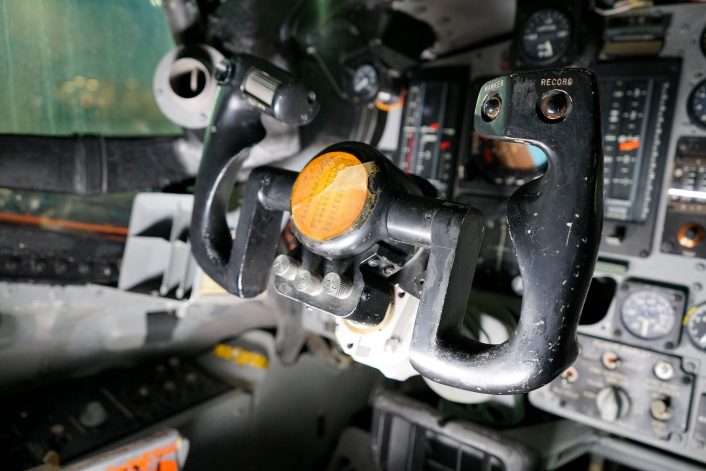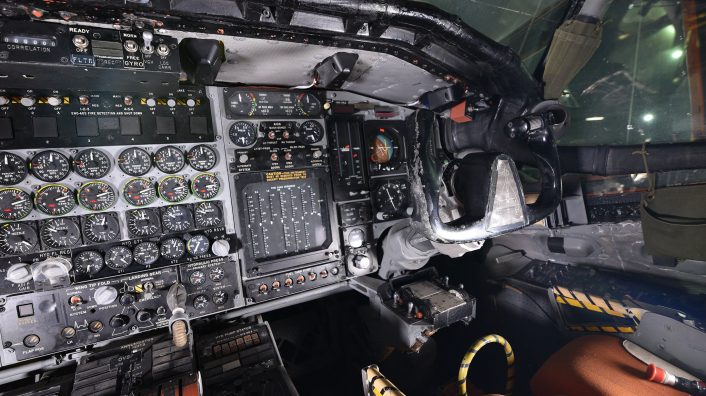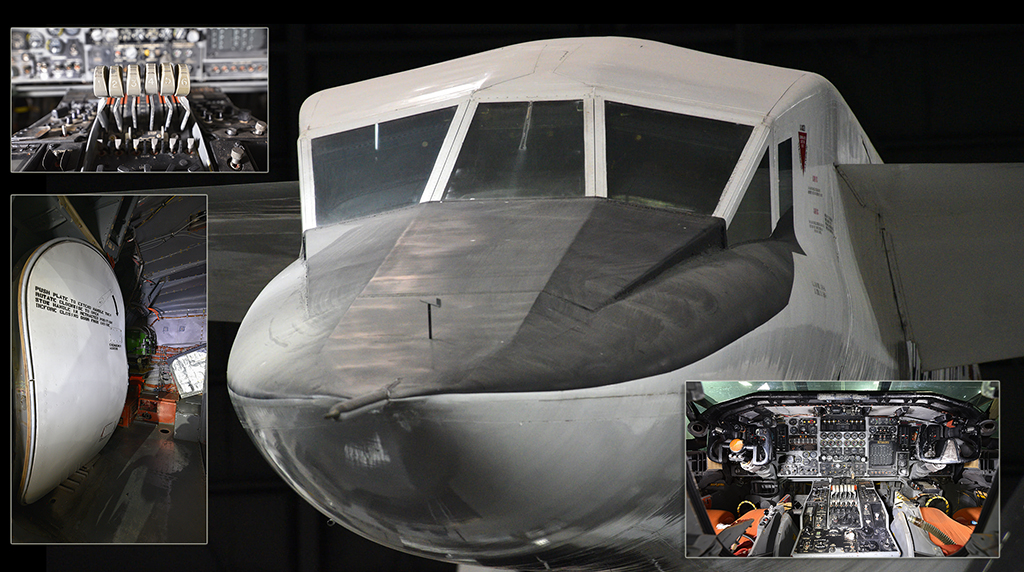Take a look at these detailed photographs of the XB-70 Valkyrie’s interior.
The iconic North American XB-70 Valkyrie was the most ambitious super-bomber project of the Cold War. The massive six-engine bomber was slated to be the ultimate American high-altitude, high-speed, deep-penetration manned nuclear bomber designed to fly high and fast, so as to be safe from Soviet interceptors. In the end, it had a very short career, but it became the largest and heaviest airplane ever to fly at Mach 3.
As we have explained in several articles on the XB-70 we have published here at The Aviationist, two Valkyrie prototypes were been built by North American Aviation before the Kennedy Administration cancelled the program as a consequence of the doubts that surrounded the future of manned bombers, believed to be obsolete platforms to face the threat posed by Soviet SAMs (Surface-to-Air Missiles) to high-flying strategic bombers. Moreover, in low-level penetration role, the B-70 offered little performance improvement over the B-52 it was designed to replace (…) and it was much more expensive with shorter range.
More than 50 years after its last flight, the only remaining XB-70 Valkyrie is among the highlights on display at the National Museum of the U.S. Air Force at Wright-Patterson AFB in Dayton, Ohio. Last month, the Museum social media team published some really stunning photos of the aircraft on FB.
Some fascinating variants of the aircraft were proposed: some envisaged the B-70 carrying an Alert Pod, or flying as a Supersonic Refueler or as a Recoverable Booster Space System (RBSS).
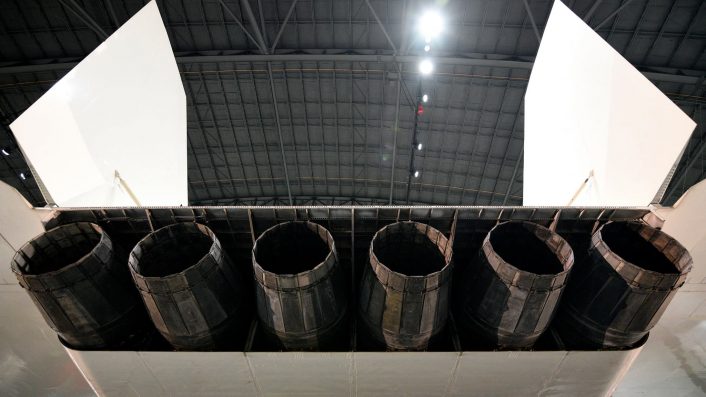
The B-70 program was canceled in 1961 and development continued as part of a research program to study the effects of long-duration high-speed flight with the two XB-70A.
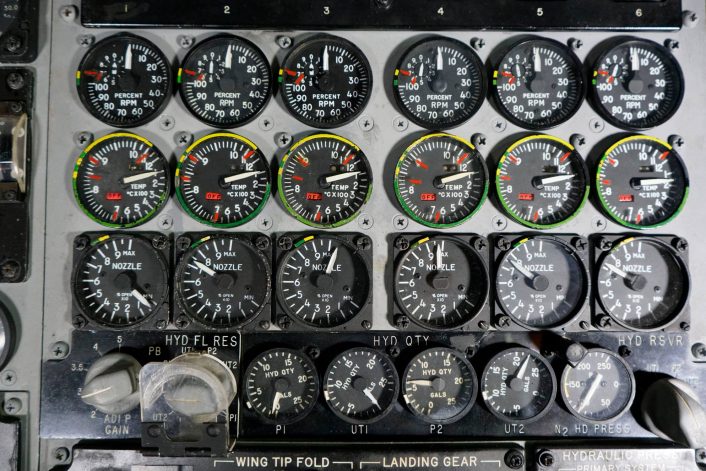
XB-70A number 1 (62-001) made its first flight from Palmdale to Edwards Air Force Base, CA, on Sept. 21, 1964. The second XB-70A (62-207) made its first flight on Jul. 17, 1965. The latter differed from the first prototype for being built with an added 5 degrees of dihedral on the wings as suggested by the NASA Ames Research Center, Moffett Field, CA, wind-tunnel studies.
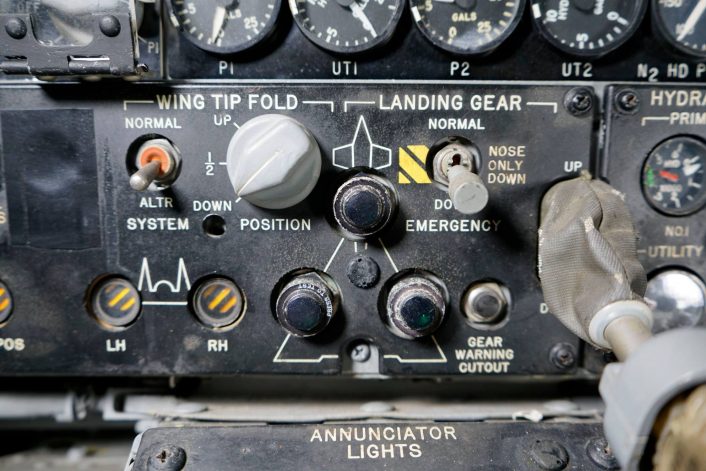
While the 62-001 made only one flight above Mach 3, because of poor directional stability experienced past Mach 2.5, the second XB-70, achieved Mach 3 for the first time on Jan. 3, 1966 and successfully completed a total of nine Mach 3 flights by June on the same year.
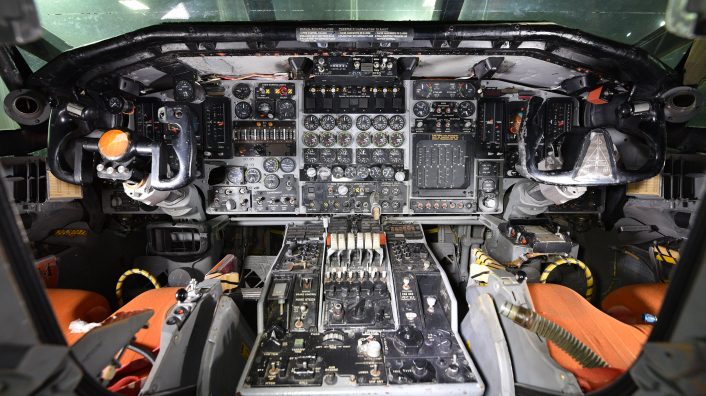
A joint agreement signed between NASA and the Air Force planned to use the second XB-70A prototype for high-speed research flights in support of the American supersonic transport (SST) program.
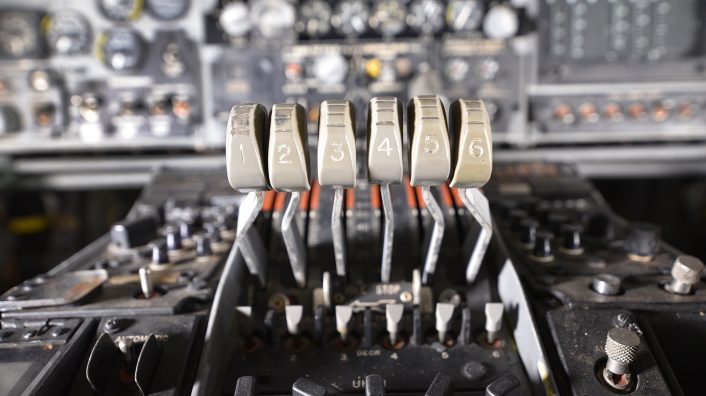
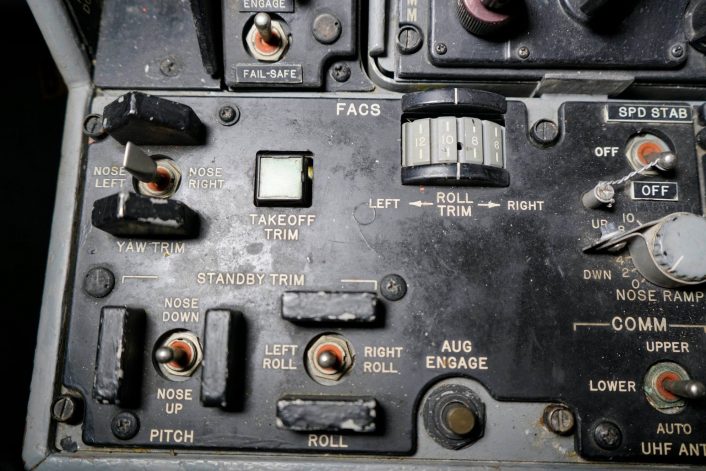
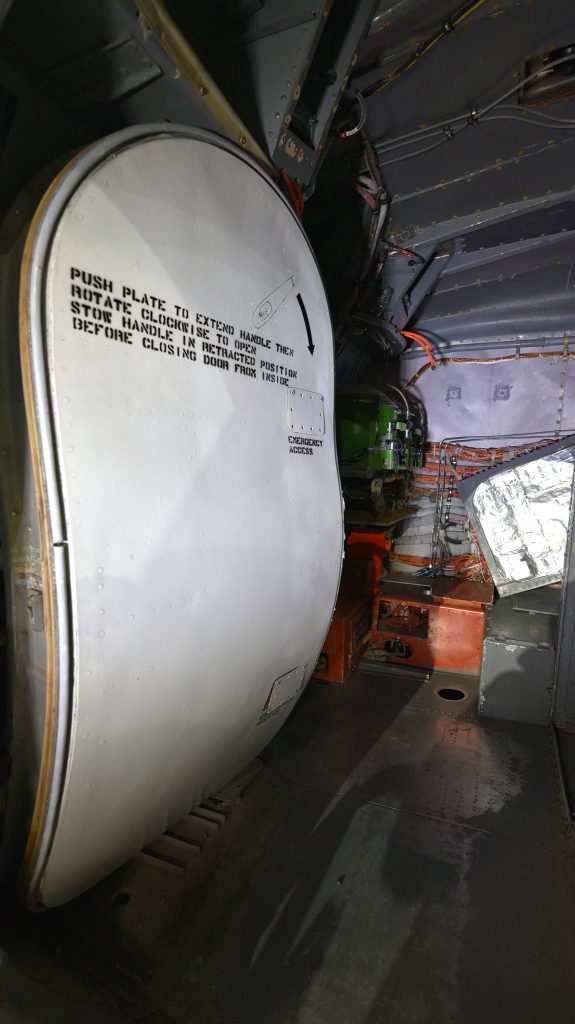
However, on June 8, 1966, the XB-70 62-207 was involved in one of the most famous and tragic accidents in military aviation when it collided with a civilian registered F-104N while flying in formation as part of a General Electric company publicity photo shoot (involving a T-38 Talon, an F-4B Phantom II, and a YF-5A Freedom Fighter.) over Barstow, California, outside the Edwards Air Force Base test range in the Mojave Desert. Research continued with XB-70A number 1 prototype, with a first NASA flight on April 25, 1967 and the last one on Feb. 4, 1969.
